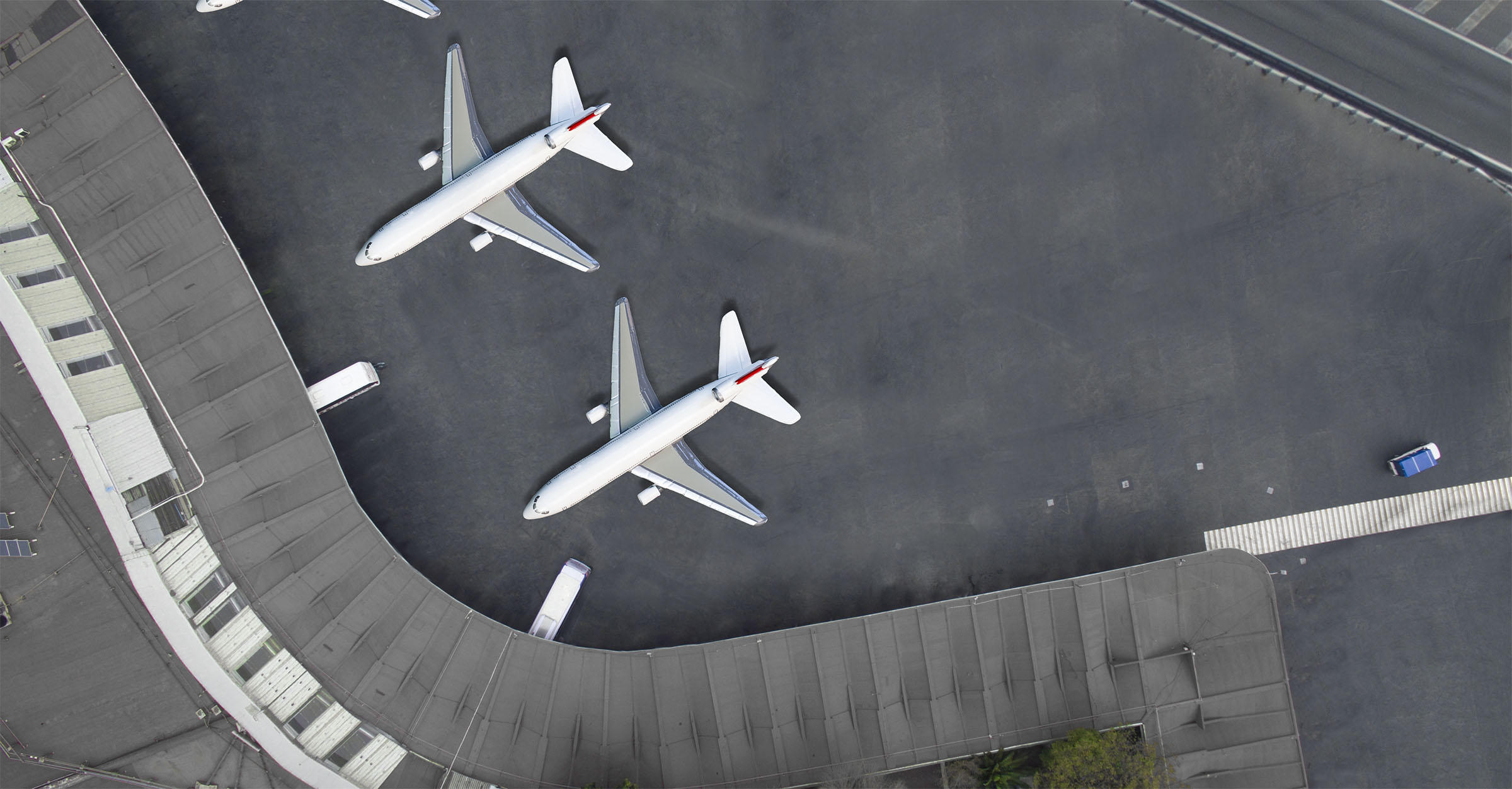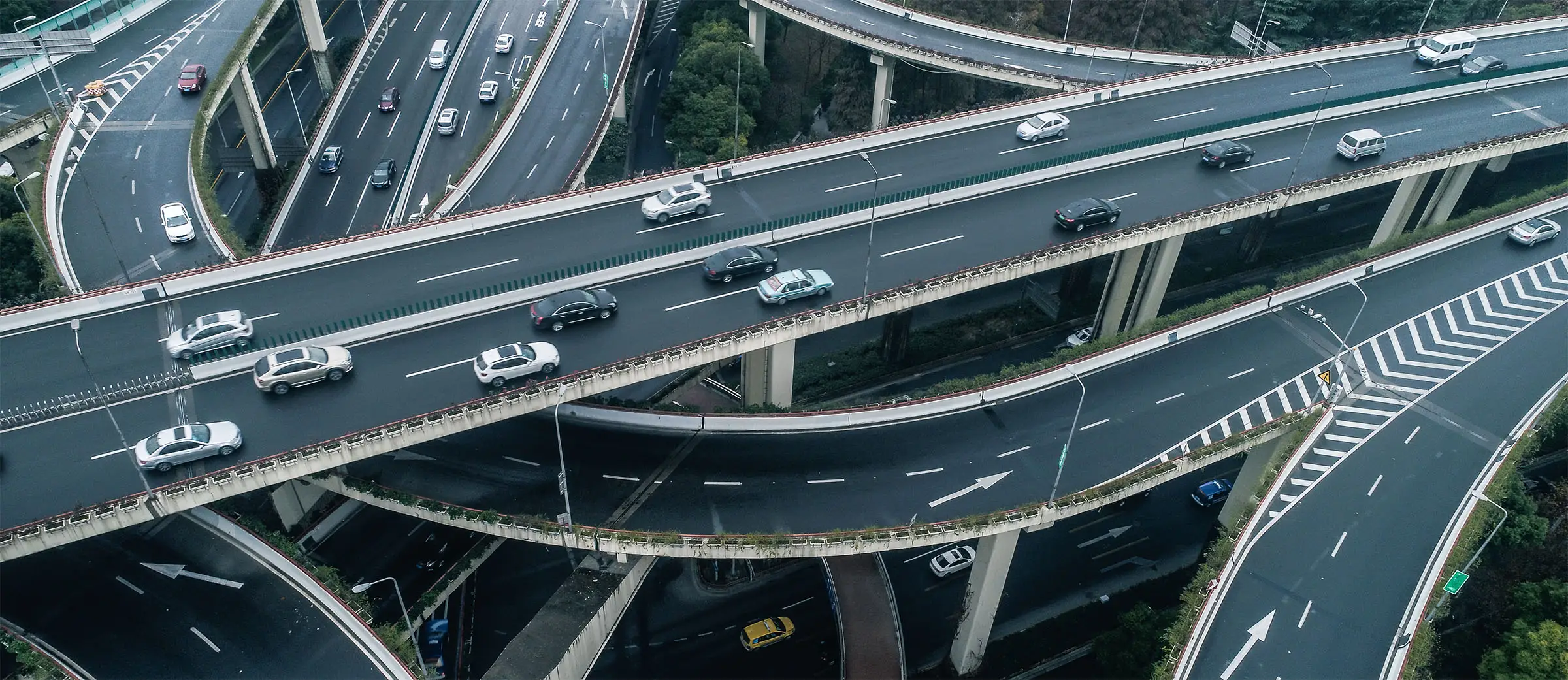Word on the Runway: What safety measures will be important to airports in the next 10 years?

Whether you’re a quality control manager or simply reading the news, safety concerns are consistently top-of-mind for anyone talking about airports. With projects and opportunities at an all-time high thanks to federal funding from airport infrastructure and terminal grants, passenger safety and user experience are leading the discussions in renovation and expansion conversations.
For more than 30 years, Connico has successfully delivered clients’ visions for projects, and as we continue to grow, we remain focused on continuing this legacy of excellence. As new challenges and opportunities continue to present themselves, we aim to be a valued voice and resource to our partners, clients, and friends. We recently spoke with industry leaders Jason Fuehne, business development director at Burns & McDonnell, Matt Johnson, senior vice president-planning services at Jacobsen|Daniels, and our own Usman Akram, project specialist at Connico, to get their insights on the latest technological innovations and how they will play into safety measures across airports in the coming years.
We’re grateful to these prominent leaders for sharing their perspectives with us as we continue navigating the evolving industry landscape. In the latest installment of Connico’s Word on the Runway series, we asked:
What safety measures will be important to airports in the next 10 years?
Here’s what our experts said.
Jason Fuehne, PE
Business Development Director, Burns & McDonnell
We see three things that keep coming up and will be important over the next decade in airports regarding safety. First will be an airport’s implementation plan for a Safety Management System (SMS) and living the culture of safety that the industry expects. With more and more turnover occurring throughout the industry, succession planning, training, and culture will be extremely important in managing a successful SMS.
Second, managing unmanned aircraft at airports will likely bring about challenges that we haven’t even considered yet, but it’s a tide that cannot and will not be turned back. How we manage those aircraft and provide safety protocols will be paramount.
Lastly, we will need to continue monitoring the health of the pavement and utility infrastructure at airports. With planes being fuller and airport resources being stretched, the infrastructure needed to support the passenger experience must be continually monitored to provide a resilient and safe travel experience. Planning must be in place to provide funding for updating the infrastructure and a continued safe passenger experience.
Matt Johnson
Senior Vice President-Planning Services, Jacobsen|Daniels
Amongst the most important safety measures that US airports will benefit from in the next 10 years are those related to improving the efficiency of the passenger bag check-in process. In particular, measures that’ll be implemented to allow passengers to self-bag drop without the traditional agent/counter interaction. As biometric technologies continue to be integrated into passenger processing, the ability to safely and securely allow passengers to complete the check-in process – with no interaction with ticketing agents – and place their checked baggage on a drop belt will revolutionize our approach to terminal planning and design.
At a minimum, the spatial needs related to terminal ticketing facilities are likely to be reduced. More importantly, those functions could be more easily distributed to various locations to benefit both the traveler and the airport/airlines. Remote check-in facilities at ConRACs, parking garages, and other convenient locations would make more business sense to the airlines and provide travelers with opportunities to divest themselves of bags sooner.
Self-check-in is an integral part of aviation’s continued evolution to a seamless travel experience. Combined with a multitude of other innovations, such as self-service security screening, parking reservations, and pre-purchased meals, one can easily imagine a future travel experience unlike today’s.
Usman Akram, LEED® GA
Project Specialist, Connico
Over the past decade or so, we have witnessed exponential change within the aviation landscape, particularly as artificial intelligence (AI), machine learning, and automation continue to influence the industry's future.
Safety carries the utmost importance, and continuous upgrades and improvements within the existing safety protocols will be necessary in the coming years thanks to the introduction of new and more sophisticated technologies, including the rapidly expanding potential for unmanned aerial vehicles (UAVs) and the introduction of AI and automation within airport projects to optimize time and costs. The industry will need to invest even more in training and research and development (R&D) to keep up with these latest technological developments and ensure our skies and aerodromes stay safe.
As experts in consulting services, Connico is focused on providing extraordinary results for our clients. Our skilled team of planners, architects, engineers and consultants has transformed airports, roadways and communities across the country.
Have a question you’d like to submit for our series or want to connect further with our team? Get in touch with us below!



